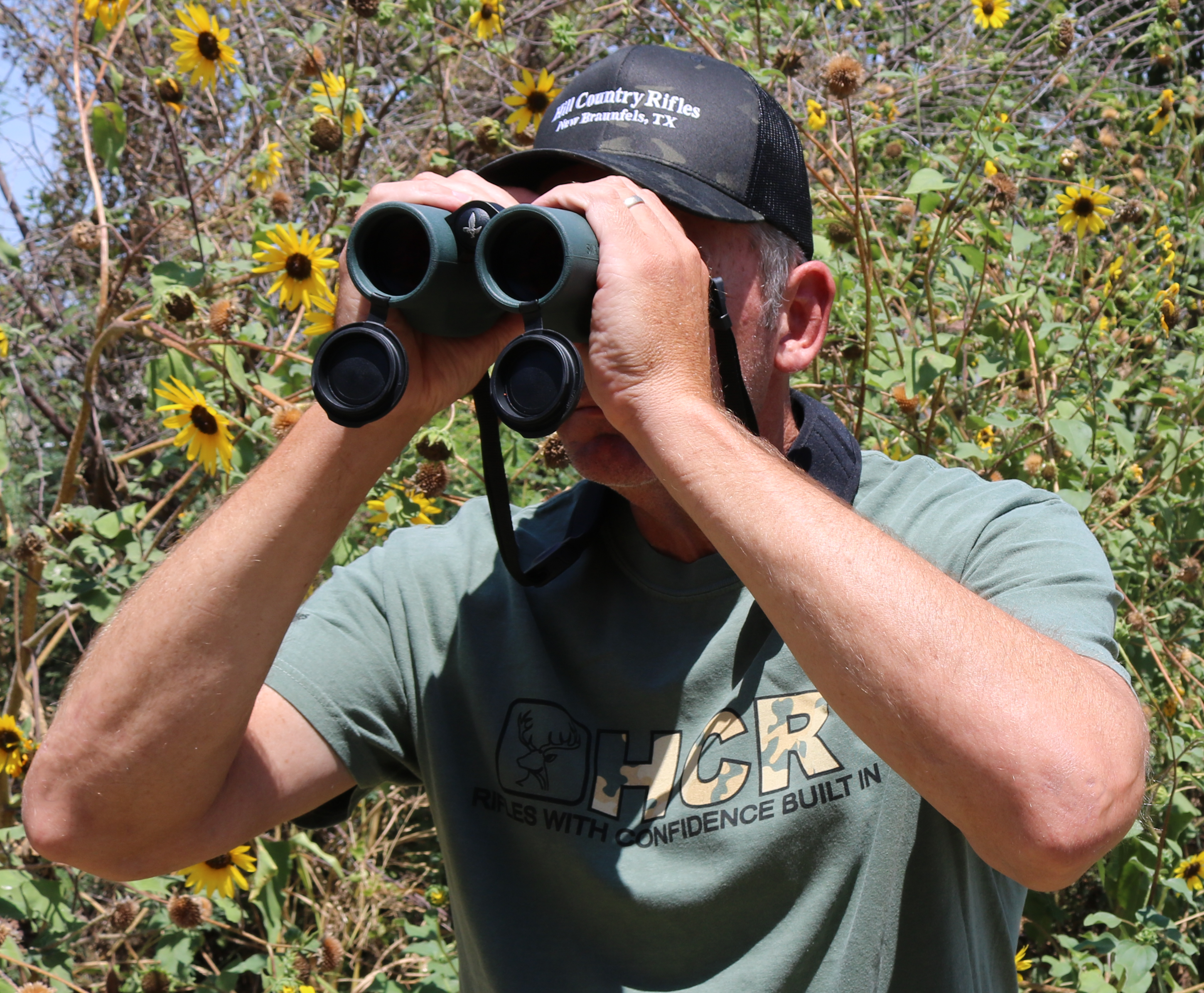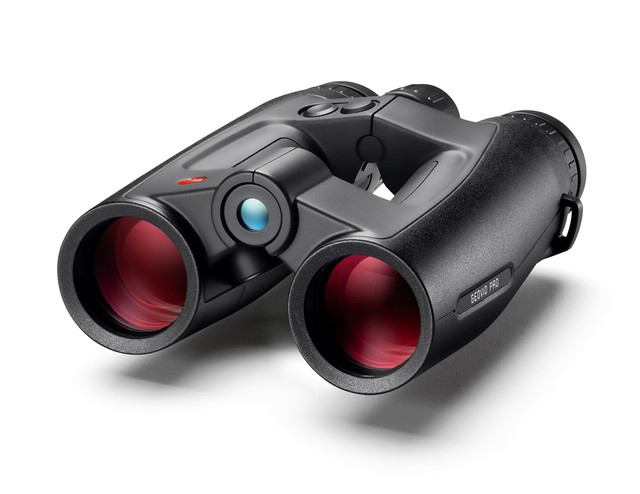Jul 26th 2023
What You Need To Know About Custom Scope Turrets
Custom Scope Turrets are all the rage, but are they the best solution?
1. Ballistic Data
Your Chronograph Data is only as good as your measurement device. HCR only uses industry standard Oehler industrial chronographs for all velocity data.
The most common way to do this is to chronograph your ammunition to get a good average velocity, enter the elevation and temperature that best fits your hunting locations, enter your sight height over bore, bullet ballistic coefficient and what distance you are “zeroed” for. This is how we build your turret for Swarovski Z5, Z6, Z8, and X5 scopes and how we program the Swarovski DS scope.
The absolute best way to build a turret is to true your rifle by shooting your preferred ammo at long range targets and recording the actual click counts needed for each distance. Doing this eliminates errors caused by overstated ballistic coefficients or errors in ballistic models. Then, you can confirm that the proposed click counts on the turret, match your data.
2. Sight in distance: We strongly encourage basing your turret on a 100 yard zero.
With any of our rifles, you should be able to hit the exact center bullseye at 100 yards. With this level of precision in your zero, the turret calculations will be more accurate down range. If you base the turret on a 200 yard zero and sight in at 200 yards, your zero is less precise because your group size is larger at 200 that it is at 100. If you sight in high at 100 yards to achieve your 200 yard zero, you are still relying on a ballistic assumption that may not be perfect down range.
For instance, if the data calls for 1.7” high at 100 yards for a 200 yard zero, but the true measure is 1.78” high, you have introduced an error into your data. Any error in your zero is magnified the farther you shoot. If you want a 200 yard zero, just dial your turret from 100 to 200 yards. That is what it is there for! Many people think they are adding 100 yards to their turret range by sighting in at 200 instead of 100. This is false. This typically only adds about 50 yards to your turret capability.
Turret Pitfalls:
- Even from the same box, ammo velocity varies shot-to-shot. It is very common to see velocity spreads in excess of 30 feet per second in premium factory ammunition and hand-loads. This will affect how high or low you hit your target at longer ranges.
- It is not uncommon to see average velocity change by 50 feet per second or more from one lot of ammunition to another. Some, brands are better about this than others, but the potential is always there. It is a good idea to chronograph your ammunition if the lot number changes. If the velocity of the new lot is substantially different, you need to build a new turret. With the new Swarovski DS scope, you would simply change the velocity in your DS App and send this new data to your DS scope, which is a lot easier than getting a new turret.
- Elevation and temperature changes do affect the accuracy of your turret. While small changes are not dramatic, major changes in elevation and/or temperature will reduce your turret’s accuracy at longer ranges. Swarovski’s DS scope solves this issue with built in environmentals.
- After dialing your turret for a longer shot, always remember to dial back down to your zero. People often forget to do this and miss their next 200-yard shot because their turret is still on 650.The DS scope solves this problem too!
The Swarovski DS provides an elegant solution to nearly every potential pitfall of a ballistic turret.
Is There a Better Way?
After installing hundreds of custom yardage turrets on scope over the years, we think the answer is YES!
First, use a rangefinder that can be programmed for ballistic data and accounts for air density altitude (ADA). We like the Swarovski EL Range TA and the Leica Geovid. Both of these have excellent glass and allow you to program multiple cartridges into the rangefinder.

Why is this better than a custom yardage turret?
1.) These rangefinders will give you the MOA or Mil adjustment needed for the distance, angle, and ADA for a given shot. This means the data will be correct at 500 ft elevation at 80 degrees temperature and 9500 ft elevation at 28 degrees. Just dial your turret to the MOA or Mil adjustment needed. We offer MOA or Mil turrets for the SwarovskiZ5 and Z6 scopes with the Ballistic Turret feature. All of the Swarovski Z8 scopes will use the BTF with mil turret and the X5i already has a MOA turret. Our Kahles and Nightforce scopes already have a MOA or Mil turret. So, you don’t need a different turret for different elevations.
2.) If you change ammo, or the velocity changes from one lot of ammo to another (which it does), you simply reprogram your rangefinder to the new data. No new turret is required.

3.) Often times customers find that the yardage turrets are not very accurate at longer distances. For instance, your turret may work great out to 400 yards but be a little high or low at 500, more so at 600, and even more off at 700 yards. Since the turret is marked in yards, you really have no way to correct for this. Using a Mil or MOA turret with the EL Range TA or Geovid allows you to true the data so it matches your actual drop at a given distance. You might make a slight change to the ballistic coefficient, or velocity, or sight height over bore until you get a perfect match between the adjustment the RF recommends and the actual drop your rifle/ammo combination produces. You can’t do this with a yardage turret.
4.) Lastly, the Swarovski DS scope does most of this as well. You have to use the hold over that lights up on your crosshair instead of holding the center of the reticle on your target. The DS is very heavy at almost 40 ounces. It sits high on your action due to the 40mm rings. And it is totally dependent on electronics to work properly. We recommend a scope with mechanical adjustment over electronics for “Once in a Lifetime” hunts, hunts with extreme temperatures (hot or cold) or very rough terrain where slips and falls are more likely.
All of this gear will extend your ethical shooting range but don’t let that make you overconfident. Solid shooting fundamentals and good wind calls are still just as important. Keep practicing!

